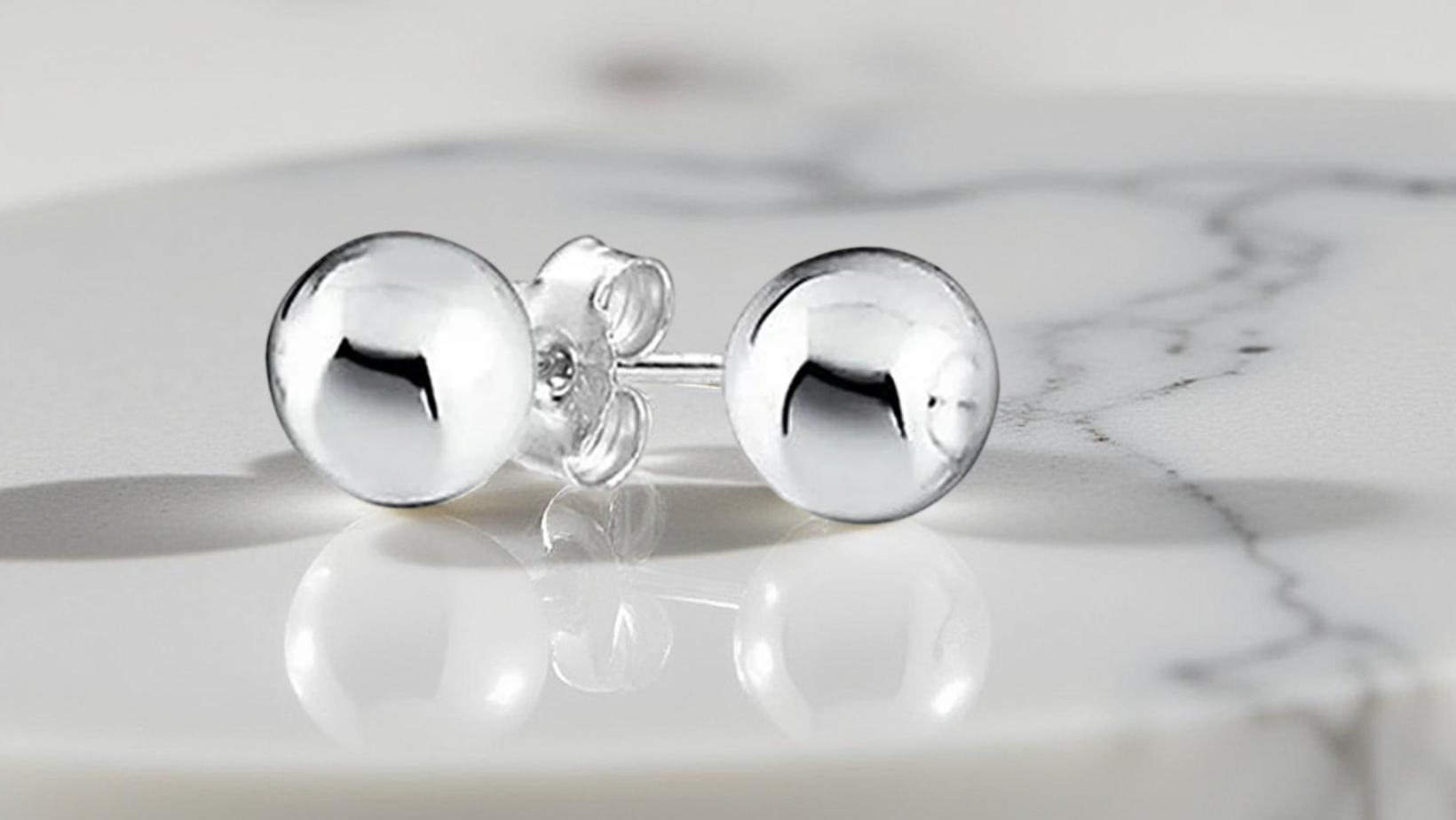Understanding Jewelry Quality: A Guide to Karats and Craftsmanship

When it comes to buying jewelry, the allure of sparkling gems and intricate designs can often overshadow one crucial aspect: quality. Understanding the quality of jewelry involves more than just admiring its beauty; it requires knowledge of materials, craftsmanship, and the intricate details that contribute to its overall value. In this guide, we’ll explore the essential elements of jewelry quality, focusing specifically on karats and craftsmanship.
What Are Karats?
The term "karat" (often abbreviated as "kt") is a measure of the purity of gold used in jewelry. It indicates how much gold is present in an alloy compared to other metals. Pure gold is 24 karats, meaning it is composed of 100% gold. However, pure gold is relatively soft and not ideal for everyday wear. To enhance durability, gold is often alloyed with other metals like copper, silver, or palladium.
Common Karat Values
-
24K Gold: 100% pure gold. It has a rich yellow color and is the most malleable and ductile of all metals but is not practical for most jewelry.
-
22K Gold: 91.67% gold. This alloy is used in high-quality pieces and is a popular choice in some cultures for fine jewelry.
-
18K Gold: 75% gold. This is a common choice for high-end jewelry, providing a good balance of purity and durability.
-
14K Gold: 58.3% gold. This is a popular option for everyday jewelry, as it is more resistant to scratches and tarnishing.
-
10K Gold: 41.7% gold. While it contains the least gold content that can still be classified as gold jewelry, it is often used in more affordable pieces.
Understanding these karat values is essential for buyers looking to invest in quality jewelry. Higher karat gold tends to have a richer color and is often more desirable, but it also comes at a higher price point.
The Importance of Craftsmanship
While karats provide an indication of the gold content, craftsmanship is equally important in determining the overall quality of a piece. Craftsmanship encompasses the skills and techniques used by artisans to create jewelry, impacting not only its appearance but also its durability.
Key Elements of Craftsmanship
-
Design and Aesthetics: A well-designed piece of jewelry should be visually appealing and harmonious. Look for balance in the design, the arrangement of stones, and how the overall look aligns with current trends while maintaining timelessness.
-
Attention to Detail: Quality craftsmanship is evident in the small details. Check for even settings, smooth finishes, and the absence of rough edges. These subtle elements can indicate the level of care taken during the creation process.
-
Stone Setting: The way gemstones are set in jewelry can significantly affect its quality. Common setting styles include prong, bezel, and pavé. A secure setting not only enhances the beauty of the stone but also protects it from falling out or getting damaged.
-
Finish and Polish: A high-quality piece should have a flawless finish, reflecting light beautifully. Poor polishing can leave scratches or dull spots, detracting from the piece's appeal.
-
Weight and Feel: The weight of a jewelry piece can also indicate quality. Lighter pieces may feel flimsy, while a well-crafted item should feel substantial and durable in hand.
Understanding Gemstones
When evaluating jewelry quality, the type and quality of gemstones are also critical. Like gold, gemstones are graded based on specific criteria. For diamonds, the "Four Cs"—Cut, Clarity, Color, and Carat weight—are vital indicators of quality. For colored gemstones, factors such as hue, saturation, and tone come into play.
-
Cut: The cut of a gemstone affects its brilliance and overall appearance. Well-cut stones reflect light beautifully, enhancing their color and sparkle.
-
Clarity: Clarity refers to the presence of inclusions or blemishes in the stone. Higher clarity typically leads to a more valuable piece.
-
Color: For colored gemstones, the intensity and evenness of color can significantly affect quality. The more vivid and saturated the color, the more valuable the stone tends to be.
-
Carat Weight: This refers to the weight of the gemstone. While larger stones are generally more valuable, the other Cs must also be considered.
Making an Informed Purchase
When purchasing jewelry, it's essential to combine your knowledge of karats and craftsmanship with your personal style and preferences. Here are some tips for making an informed decision:
-
Research: Familiarize yourself with different metals, karat values, and gemstone grading systems before shopping.
-
Ask Questions: Don’t hesitate to ask jewelers about the materials and craftsmanship behind a piece. A reputable jeweler should be willing to provide detailed information.
-
Inspect the Jewelry: Whenever possible, inspect jewelry in person. Look for signs of quality craftsmanship, such as clean lines and secure settings.
-
Consider Your Lifestyle: Think about how often you will wear the piece. For daily wear, opt for more durable metals and settings.
-
Get Certification: For valuable gemstones, seek out pieces with certification from recognized gemological laboratories. This provides assurance of the stone’s quality.
Conclusion
Understanding jewelry quality involves more than just aesthetics; it requires an appreciation of karats and craftsmanship. By educating yourself on these aspects, you can make informed decisions that will enhance your jewelry collection for years to come. Whether you’re buying a timeless piece of fine jewelry or a trendy accessory, the right knowledge empowers you to choose wisely, ensuring that your purchase is both beautiful and lasting. So the next time you’re dazzled by a piece of jewelry, take a moment to consider the quality that lies beneath its sparkle.










发表评论